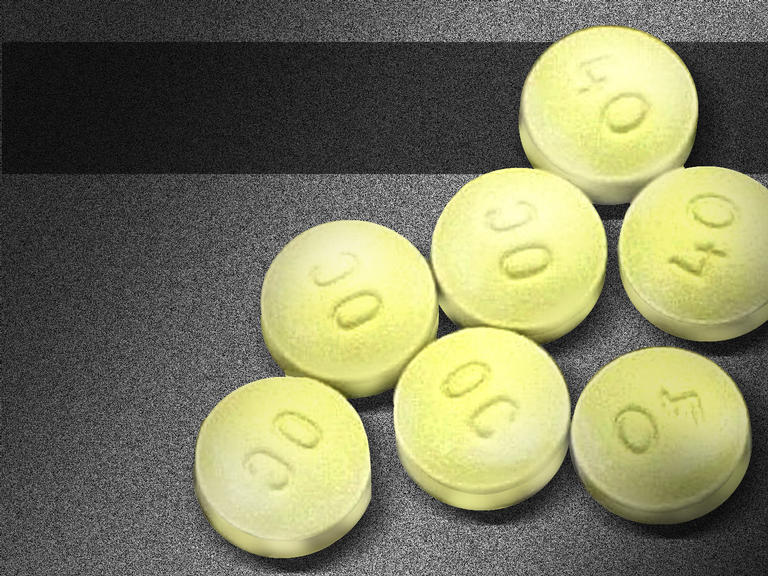This is a guest post by Andrew Phillips
The dangers of OxyContin were known in the late 1990s and between the years 1999 and 2003 there had been between a 4 and 5 fold increase in deaths where OxyContin had been detected in the blood stream. By now many people are aware of the fact that the government will be taking Oxycontin out of pharmacies across the country. Ontario will be delisting the painkiller as well. However, down in the Maritimes no plan is in place to fund either OxyContin or its replacement OxyNeo. Saskatchewan is also not planning on funding OxyContin either.
Discussions to delist the drug started about the time Purdue Pharma sent notices that the company was replacing OxyContin with OxyNEO, which was approved by Health Canada on Aug. 22, 2011. But OxyNeo is exactly the same thing as OxyContin; in fact the only difference appears it’ll be harder to crush and snort; same stuff different name. But why is it being taken off the market now when what it has been doing has been known for so long? Easy – OxyContin is about to go off patent in 2013.
As to Health Canada I suggest you read that article especially the section about conflict of interest and the fast-tracking of drug approval and question the approval of OxyNEO. But perhaps the worst aspect of this partnership is Health Canada’s failure to enforce the rules against Direct to Consumer Advertising of prescription drugs in Canada, ads which use fear to drive patients into doctors’ offices to demand the most expensive new drugs that may or may not help them.
To understand the inherent danger of DTCA this article goes in depth into how it works. Another interesting thing is recently the Supreme Court ruled that ISPs aren’t bound by the Broadcast Act with one of the countries biggest ISPs – Bellmedia – now owning CTV, CTV2, and many radio and speciality channels. Will they use this as an end around to run even more DTCA drug ads in Canada? Ads for Champix and Gardasil are showing up on Canadian TV now and it is possible that we can expect to see more DTCA in the near future.
An interesting sidebar to this is Health Canada is in charge of the Consumer Product Protect Act which, considering what they’re doing – or not doing – now, makes you wonder what is the real reason for it in the first place. You can read about it here and here. Quite frankly it appears to be another euphemistically named law, much like the Protecting Children from Internet Predators Act that Vic Toews, it now appears they didn’t bother to read too carefully that actually curtails civil liberties and property rights. So while they’re are working on the “Surveillance Bill” they should pull that one out as well.
Of all the news articles in Canada not one of them has mentioned the going off patent angle. Not one of them has mentioned just how curious it is that while one is being pulled early a replacement is already available. The farcical assertion that drug addicts will be stopped by a pill that is a little tougher to crack is negated by new extraction techniques that are already being discussed by addicts and this little nugget goes along way to explaining the timing, “…the company is positioning itself to avoid having its product deemed interchangeable with lower cost alternatives that will be brought to market once OxyContin® loses its exclusive patent”. Ultimately that new extraction technique might just mean buying a bigger hammer. They’re drug addicts, they’re not stupid.


I am an anaesthetist and regularly prescribe Oxycontin to post surgical patients. It has several distinct advantages over oral morphine and I sincerely hope I shall continue to be able to prescribe it in the UK NHS. It’s abuse potential has absolutely no relevance to me and my hospital practice.